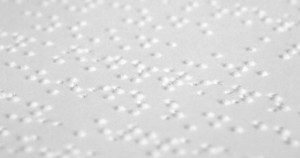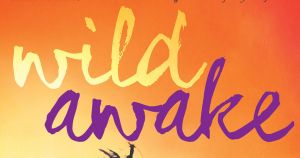
Interview with Eric Lindstrom about Not If I See You First
Eric Lindstrom wrote an excellent portrayal of a blind teenage girl, so we’re happy to invite him to the site to discuss his approach, blindness tropes, and more.

Eric Lindstrom wrote an excellent portrayal of a blind teenage girl, so we’re happy to invite him to the site to discuss his approach, blindness tropes, and more.

The Mara Dyer trilogy remains one of the best fictional depictions of PTSD that I have come across. That just makes it more disappointing when the series badly misses the mark on other issues.

What’s missing here is not any aspect of how the autistic character is depicted, per se—what’s missing is something subtler in the narrator’s depiction, and in her point of view.

That’s the thing about disability, I think. You’re a normal person, you experience normal things, and then, every once in a while, you hit that wall. That reminder that you aren’t quite like the majority of your peers.

We take a close look at the state of recognizable representation of visibly disabled characters on book covers.

Julian Birch has a “withered” leg from a childhood bout of polio, and Mitchell’s depiction of him is one of the most believable, relatable portrayals of disability I’ve come across.

There are many different ways an author can express a sign language on the page; let’s take a closer look.

Today we get most forms of entertainment at the push of a button, so we tend to hate having to wait. The situation is even worse if you can’t read print—resulting in an endless waiting game for blind readers.

A Q&A with author Corey Ann Haydu about the origins of OCD Love Story and the many and varied ways anxiety can manifest.

s.e. smith’s rave review of Wild Awake was one of the very first posts on this blog. We invited s.e. and author Hilary T. Smith to discuss books, mental illness, and everything in between.